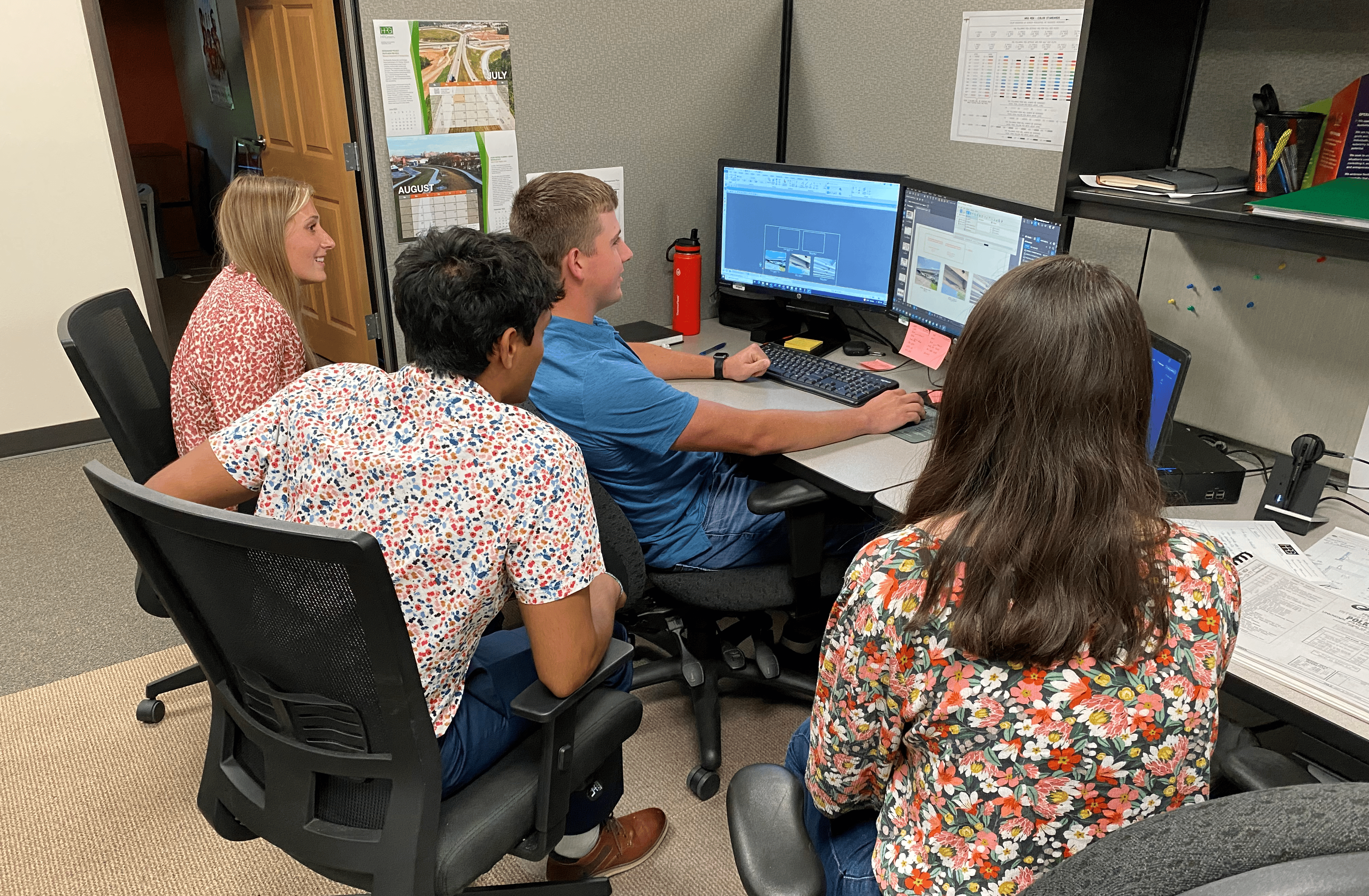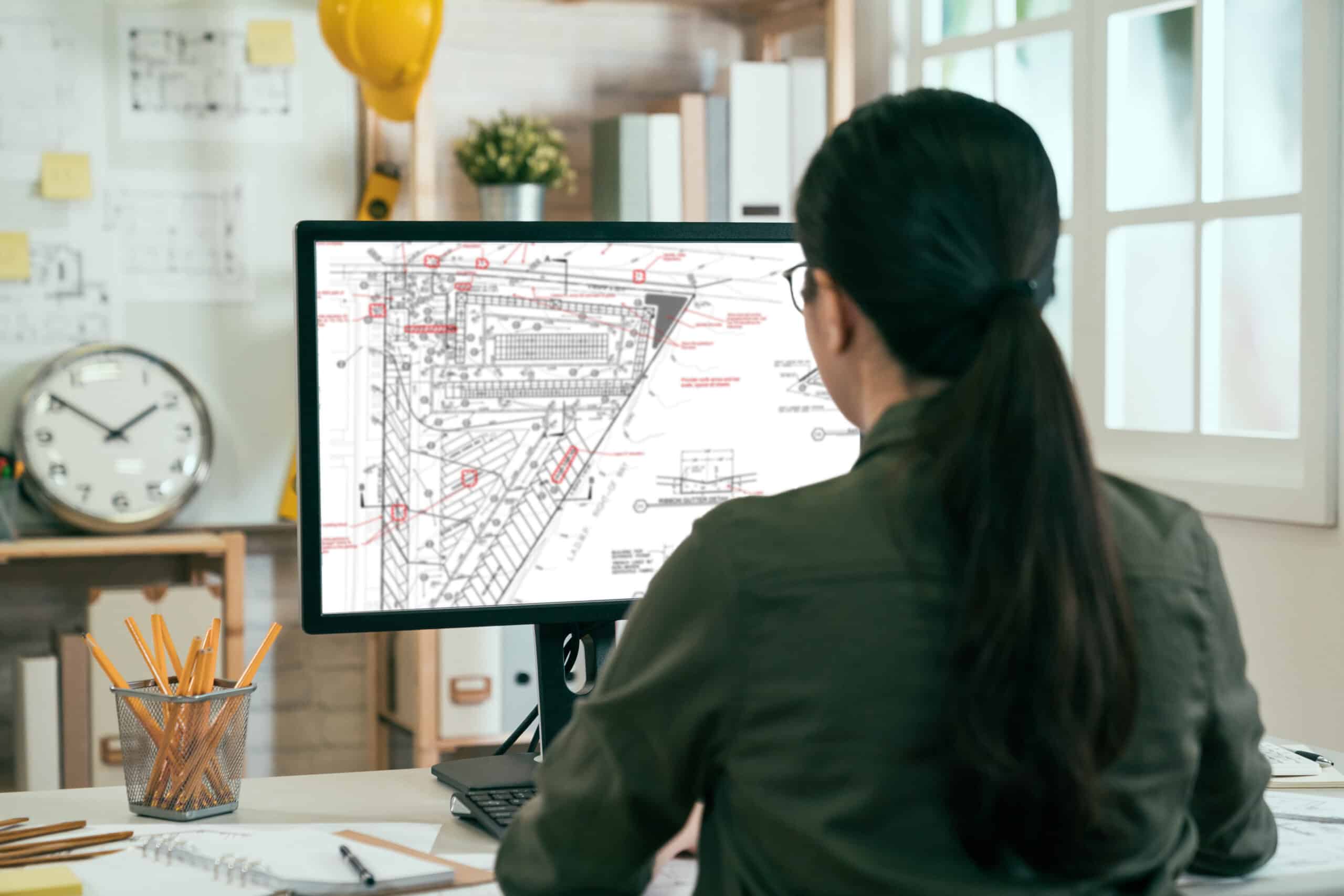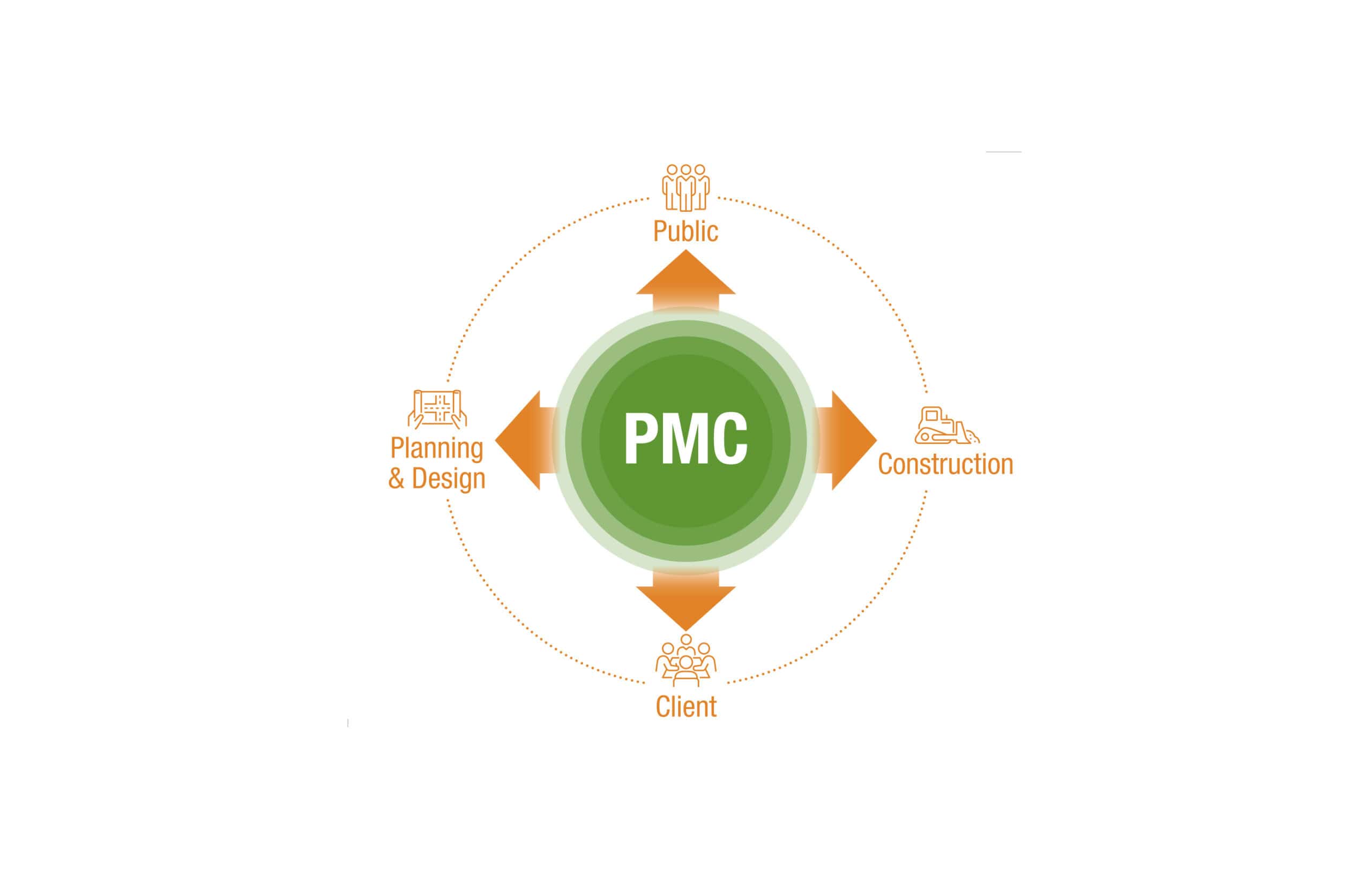
Autonomous Vehicles: The Transportation Planning Evolution is Upon Us
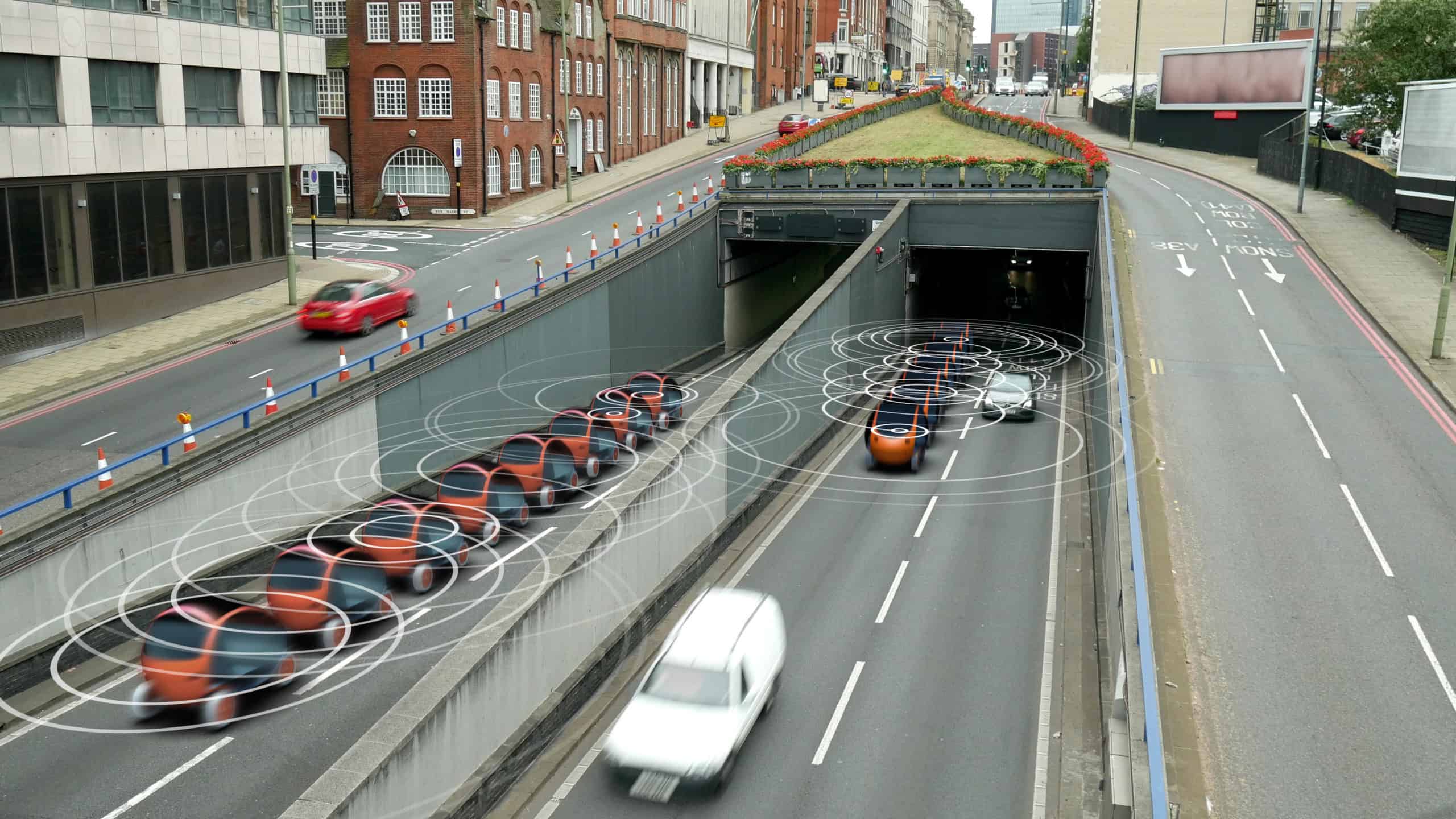
The future isn’t what it used to be.
Technology is evolving rapidly and will have profound effects on our autonomous vehicles and transportation options, networks, and spending habits within the next few decades. Public officials need to start preparing today for an inevitable, vastly different infrastructure future due to a variety of technologies that are emerging and changing the ways we plan and develop our future roads, parking, transportation networks, and Intelligent Transportation Systems (ITS).
Autonomous vehicles (AV), “BIG data,” high-speed communications, and preferences in transportation, such as ride-sharing and micro-transit, are a few things that will affect how we live, work, and play. Many of these new ideas have been referred to as disruptive technologies as they have the potential to drastically change land use planning and the transportation needs of the future.
New Types of Communication
[right-image]
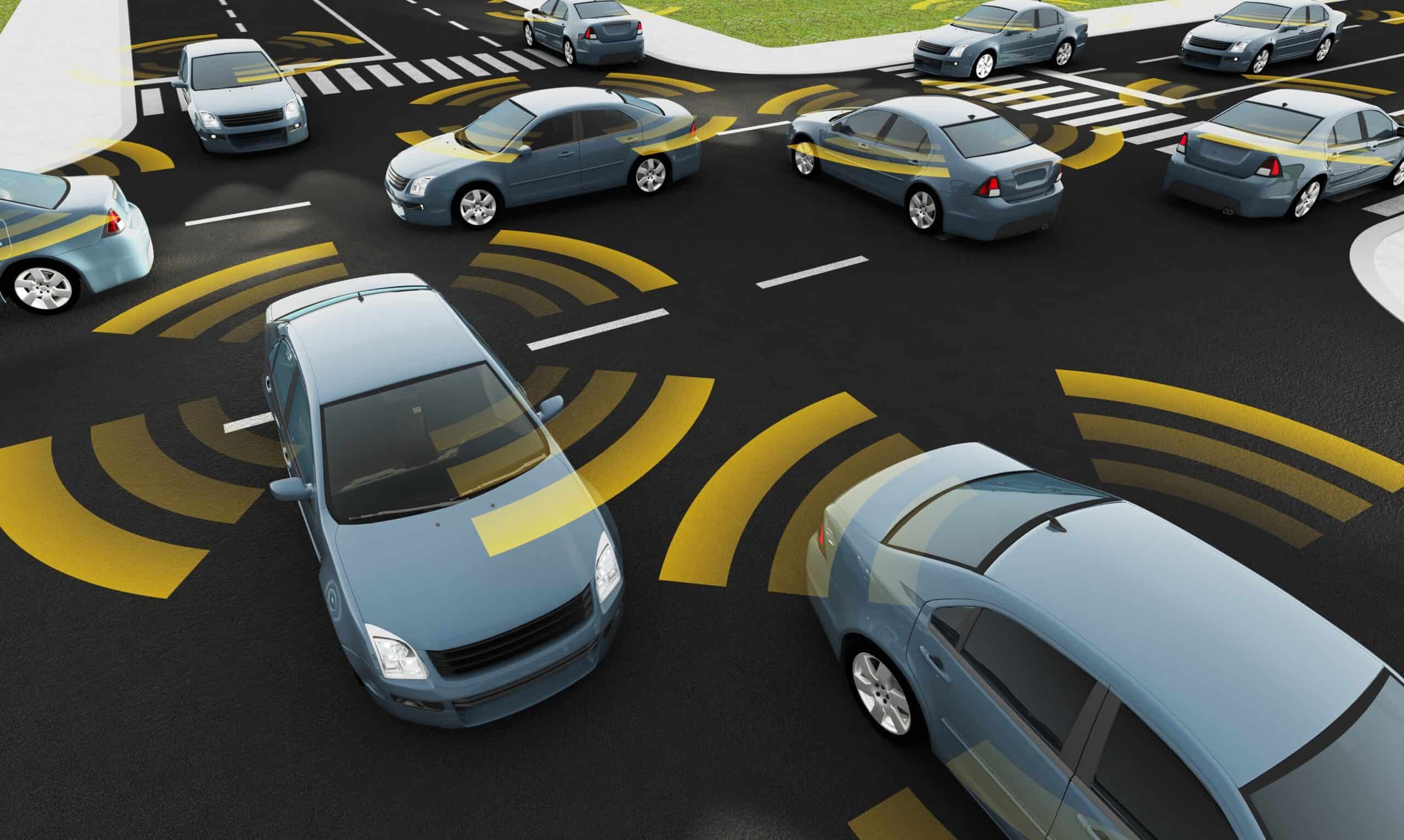
[/right-image]For the past decade, the U.S. Department of Transportation has been researching and testing a system of vehicles that can sense the environment around them and communicate with other vehicles and infrastructure. These vehicle-to-vehicle (V2V) and vehicle-to-infrastructure (V2I) communications are promoted to enable safety, mobility, and environmental advancements that current technologies are unable to provide. The key to the success of these V2V and V2I technologies is a robust communications network.
Another strategy that permits very high data transmission, critical for communications-based active safety applications, is Dedicated Short Range Communications (DSRC) which is a two-way short-to-medium-range wireless communications technology. In other words, our vehicles will talk to each other and to our transportation infrastructure to improve safety and efficiency. Planning agencies will soon need to consider how their local transportation systems will function in a connected vehicle environment.
The Need for High-Speed Communication Infrastructure
[right-image]
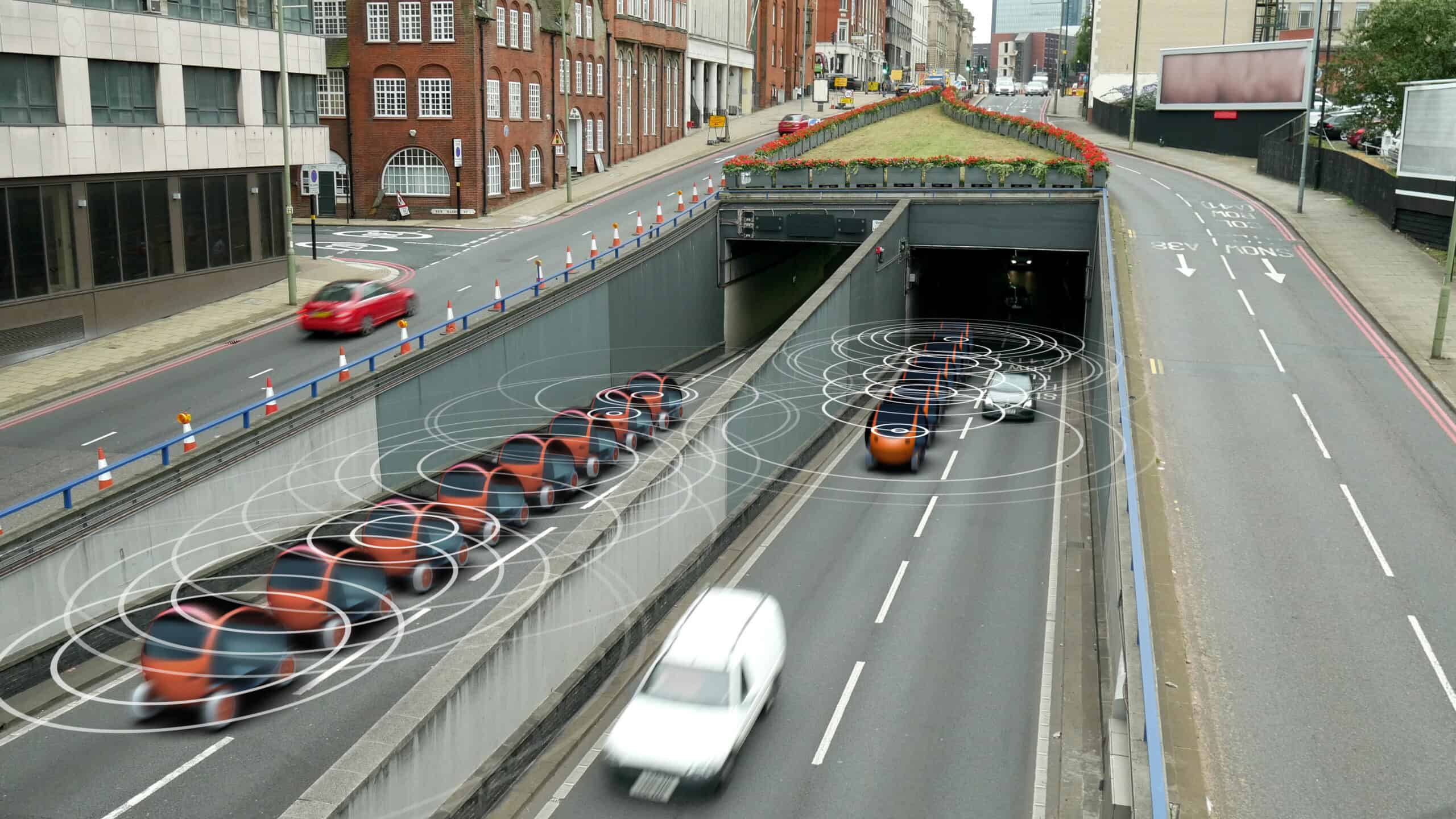
[/right-image]These communication systems will also need to have access to high-speed broadband data transmission driven by a community fiber-optic network. As these technologies advance, so will the need for high-speed connectivity. Fiber is the backbone for the demands for high-speed, reliable data and smart
communication systems that also drive broader community goals in education, economic development, and citizen services. Some communities are facing challenges with bridging the digital divide in their rural and low-income regions, as many private sector incumbent carriers are not keeping up with the demand for high communication speeds in these areas.
As our communities become “smart cities,” these communication systems will be utilized for many parts of our daily lives, including transportation. One thing that community leaders can begin today is to determine what infrastructure can be repurposed and what is destined to become obsolete. Identifying elements of currently underused utility and traffic signal infrastructure can be leveraged to provide broadband to communities. Similar to creating strategic master plans for roads, sanitary, or stormwater, community leaders need to create ITS and Fiber Master Plans to help them become fiber dense to accommodate future communication demands.
“BIG Data” and Autonomous Vehicles
Once our communication networks and technologies are up to par, what is next? New technologies such as “BIG data” and AVs may have some of the most drastic impacts on the future of transportation planning. Soon “BIG data” may be able to reduce accidents and congestion by predicting traffic jams and changing traffic routes, speeds, and signal coordination just in time to “harmonize” traffic flows. AVs driving in “platoons” mere inches away from each may also reduce traffic congestion. Car ownership may also decrease as people opt for shared vehicles, urban transport pods, and micro-transportation vehicles. These will all lead toward changes in the ways that we develop our urban and rural infrastructure.
If our roads become less congested, will we need as many driving lanes? If we can send our AVs to park themselves or go home, will cities need as much public parking space? If AVs drastically reduce the number of accidents, will cities require fewer emergency vehicles, fire stations, and personnel? If they lower the amount of city parking needed or yield fewer speeding tickets, how will cities compensate for less revenue or land use impacts?
Our public officials must start changing how we’re planning for our nation’s infrastructure. Preparing for how we design and invest funds into our highways, traffic control networks, mass transit systems, and intermodal facilities will all need to be done differently than in the past. Now is the time for our community leaders to evolve transportation planning for our rapidly changing future.
Subscribe to HR Green Insights
We're dedicated to providing up-to-date knowledge and insights about the topics that matter most to you. We know how busy you are, so we will keep this simple, covering just one topic per email. Once you've subscribed, you can easily customize your preferences to receive only the updates relevant to you.
